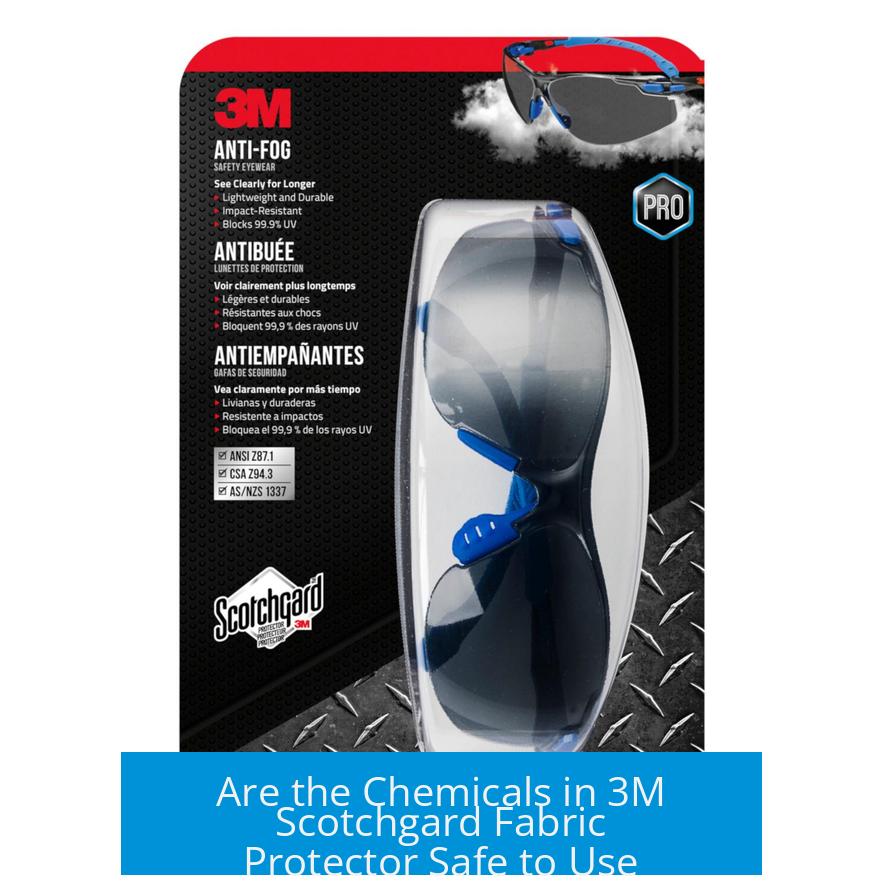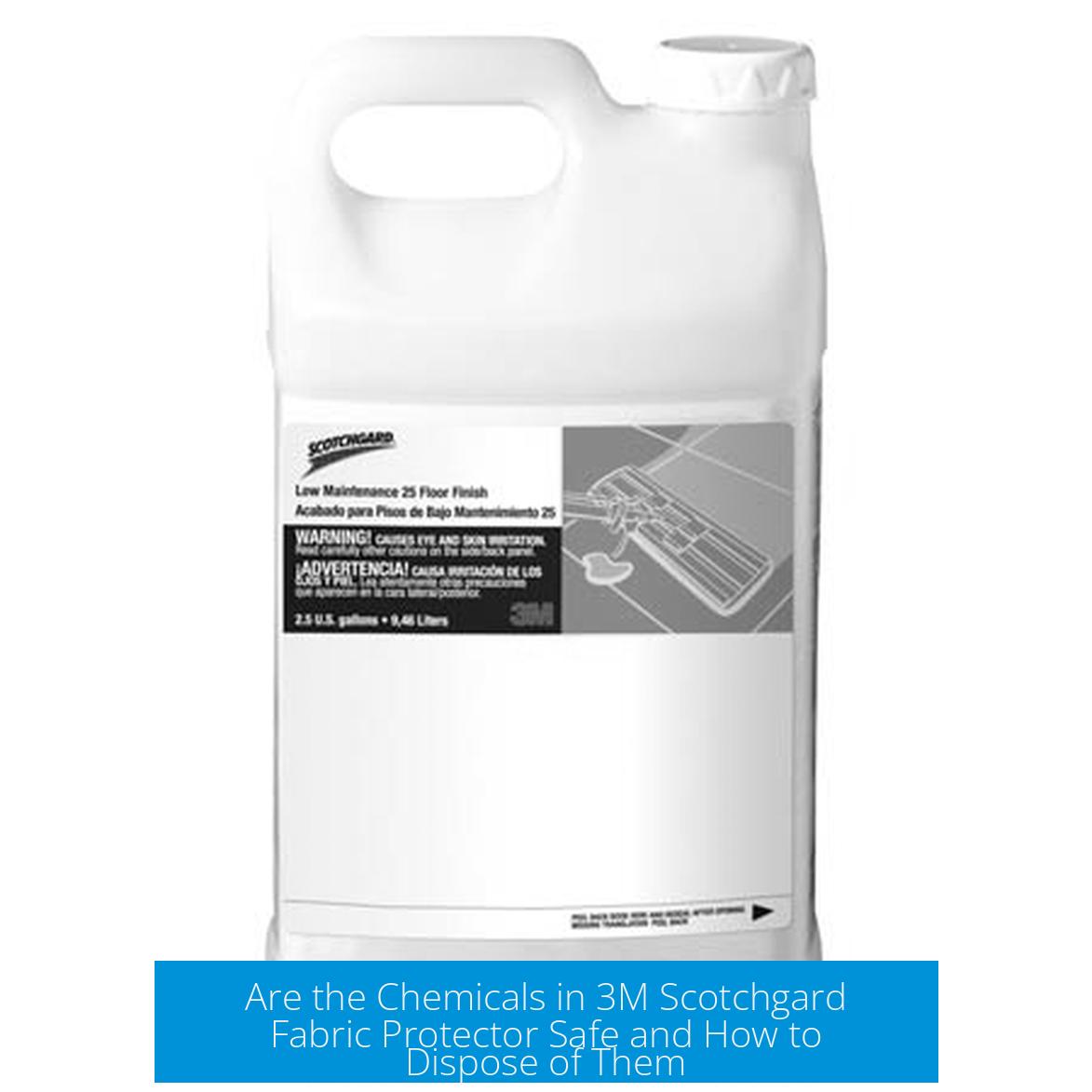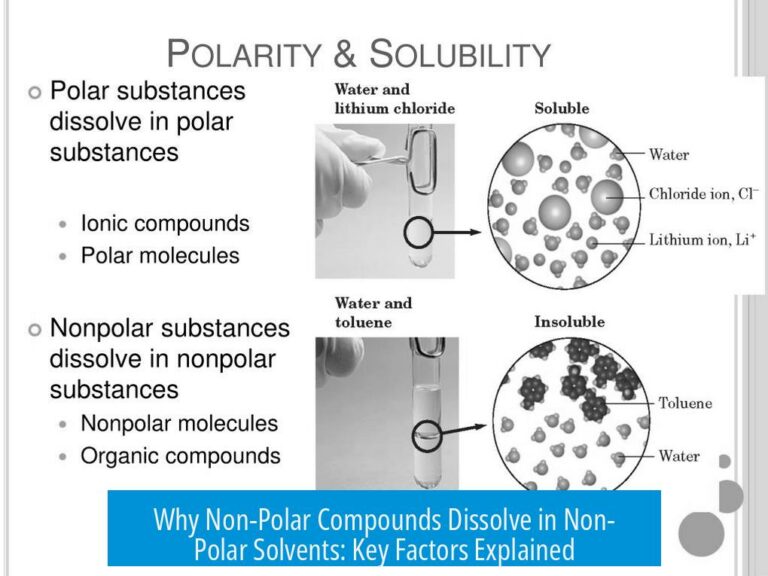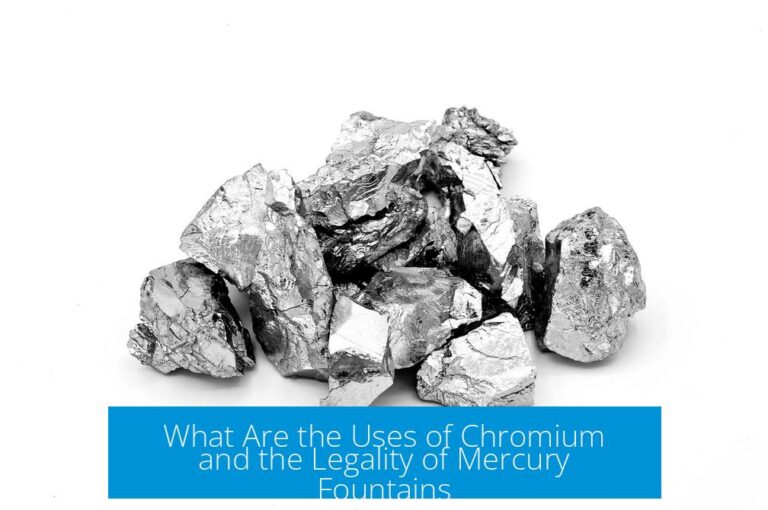Are the Chemicals in 3M Scotchgard Fabric Protector Safe to Use?

The chemicals in 3M Scotchgard fabric protector contain potentially harmful substances, especially PFAS and 1,1,1-trichloroethane. These compounds pose environmental and health concerns, making the product not entirely safe. Use precautions during application and dispose of the product through proper hazardous waste channels.
Understanding the Chemicals in Scotchgard
Fluoroaliphatic Compounds (PFAS)
3M Scotchgard uses fluoroaliphatic compounds, a subgroup of PFAS—per- and polyfluoroalkyl substances. These are synthetic chemicals valued for their durability and resistance to stains and water. They often include fluorinated polymers like Teflon or similar resins.
PFAS are often called “forever chemicals” because they do not break down in the environment. Their persistence causes accumulation in ecosystems and living organisms. Some PFAS are known to cause health issues, though many remain unstudied, and effects of mixtures in products like Scotchgard are not fully characterized.
While Teflon coatings themselves are generally inert and considered to pose limited risk at typical use levels, the associated PFAS compounds in Scotchgard present more uncertainty. Available data imply a cautious approach in their use.
1,1,1-Trichloroethane
This solvent, present in older formulations or trace amounts, has a history of use as a degreaser and cleaning agent. It is classified as a probable carcinogen and contributes to ozone depletion. Prolonged or high-level exposure can irritate eyes, mucous membranes, and the respiratory tract.
Although it is mostly phased out and regulated, small quantities may remain in Scotchgard. The risk from typical household use is low but still advises avoiding inhalation or excessive skin contact, especially for vulnerable individuals.
Health and Safety Recommendations
- Apply Scotchgard only outdoors or in well-ventilated spaces to reduce inhalation risk.
- Wear a mask and gloves to prevent direct exposure during application.
- Keep pets and children away from treated areas until the product dries fully.
- Discard any over-spray carefully to avoid environmental contamination.
- Wash hands thoroughly after use.
These precautions minimize immediate health risks but do not eliminate concerns regarding long-term exposure or environmental harm.
Environmental Impact of Scotchgard Chemicals
PFAS compounds are extremely persistent and have widespread environmental impact, especially in aquatic ecosystems. Their resistance to degradation means they accumulate in water sources and soil. This bioaccumulation potentially harms wildlife and humans through contaminated water.
Solvents like 1,1,1-trichloroethane also contribute to ozone layer depletion and air pollution. Therefore, improper use or disposal poses direct environmental hazards. Avoid applying the product near water bodies or drainage systems.
Regulatory Status and Product Information
PFAS and solvents in products like Scotchgard are tightly regulated. Manufacturers must comply with safety standards and report chemical contents via Material Safety Data Sheets (MSDS). Checking the product’s MSDS provides specific chemical details and safety advice. For example, 3M’s datasheet gives information about ingredients and potential hazards.
Despite regulation, uncertainties remain about long-term health effects due to complex chemical mixtures. The product’s safety is considered reasonable only when instructions are strictly followed.
Proper Disposal of 3M Scotchgard Fabric Protector
Improper disposal of Scotchgard contributes to environmental pollution and potential health risks. Since it contains PFAS and hazardous solvents, normal household trash disposal is not recommended.
Disposal Guidelines
Take unopened or partially used cans to designated hazardous waste disposal sites. These are usually local municipal facilities handling household chemicals, like paint or solvent collection centers. Avoid pouring product down drains or onto soil.
Because PFAS compounds are persistent, disposal events or centers trained in hazardous waste management provide safer containment. Alternative methods such as incineration at specialized facilities minimize environmental release.
Keep the can sealed and do not expose it to high heat or flames, as aerosol cans can rupture under pressure or heat but the product itself is typically nonflammable under normal temperatures.
Alternatives to 3M Scotchgard Fabric Protector
Given concerns about PFAS and related chemicals, safer alternatives are available for fabric protection and waterproofing.
- Nanoparticle Silica-Based Sprays: These products provide water resistance without using fluorinated compounds.
- Wax-Based or Natural Oil Sprays: Suitable for some fabrics, they provide protection with lower toxicity and biodegradability.
- Non-fluorinated Polymer Coatings: These can offer stain resistance without persistent chemicals.
When possible, opt for alternatives and reapply as needed to reduce environmental and health risks.
Summary of Key Points
- 3M Scotchgard contains PFAS and 1,1,1-trichloroethane, chemicals linked to health and environmental risks.
- PFAS compounds do not break down, accumulating in ecosystems and possibly affecting health.
- Use Scotchgard only outdoors or in well-ventilated areas with protective gear.
- Dispose of the product at municipal hazardous waste collection facilities to prevent pollution.
- Consider safer waterproofing alternatives such as nanoparticle silica sprays.
- Consult the product’s MSDS for detailed chemical and safety information.
Are the chemicals in 3M Scotchgard fabric protector safe to use?
3M Scotchgard contains PFAS chemicals and 1,1,1-trichloroethane, which pose potential health and environmental risks. Use it outdoors or in well-ventilated areas and follow safety instructions strictly.
What precautions should I take when using Scotchgard?
Wear a mask, keep pets away, avoid inhaling fumes, and allow the product to dry fully. Washing hands after use is important. Avoid using near kids or on items close to skin.
How should I dispose of leftover 3M Scotchgard fabric protector?
Dispose of it at a hazardous waste disposal site or your community’s next hazardous waste event. Do not throw it in regular trash or pour it down drains.
Why is PFAS in Scotchgard a concern?
PFAS are “forever chemicals” that do not break down easily. They can accumulate in the environment and may have unknown long-term health effects.
Are there safer alternatives to 3M Scotchgard for fabric protection?
Consider nanoparticle silica-based products. They are less harmful and can be reapplied as needed for waterproofing without the risks linked to PFAS.





Leave a Comment